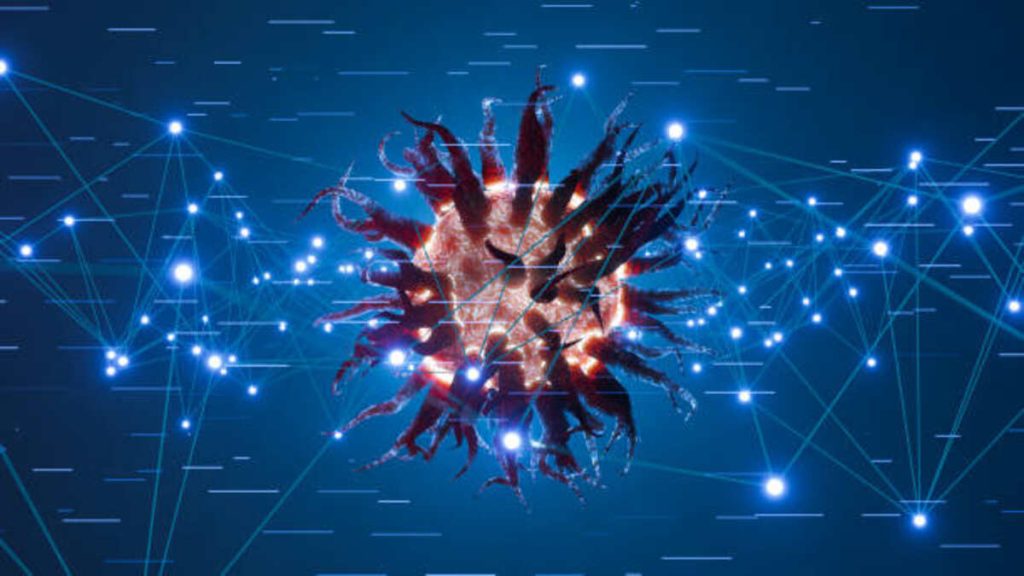Animalia – Microevolutions – Volume 1
Microevolution refers to small-scale changes within species that occur through genetic mutation, selection (both natural and artificial), gene flow, and genetic drift. This contrasts sharply with macroevolution, which refers to changes that create different organisms from their predecessors – for instance, beak shape variations among finches on the Galapagos Islands or color shifts among moth populations during England’s Industrial Revolution are prime examples of microevolution at work.
Macroevolution refers to the formation of new species over an extended period, involving microevolution processes occurring over an ample time. According to scientists, these differences result from processes like microevolution over longer timelines.
Viruses offer one advantage over other living organisms: their genetic material can change quickly on short timescales, as evidenced by measles’ rapid spread from close relatives and its appearance in cattle from one previously adapted to humans. Such rapid evolution offers insight into macroevolution’s mechanism, providing a window into its workings.
Animalia by Romanian philosopher EM Cioran would make for an intense read – far removed from being beach reading!

